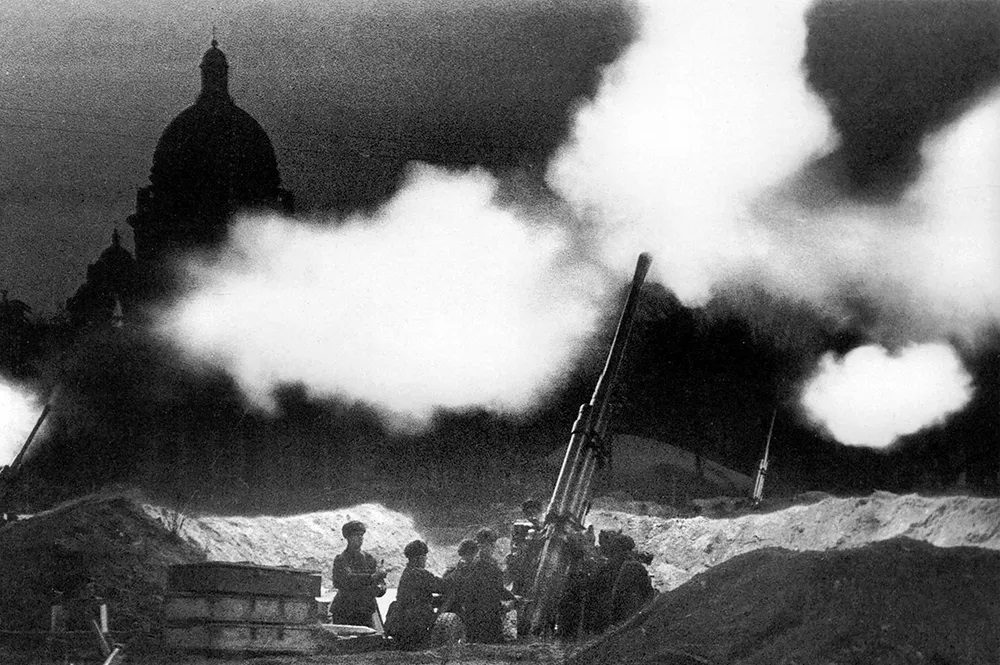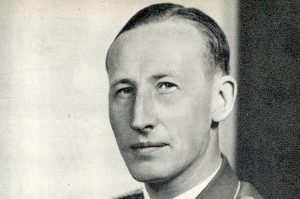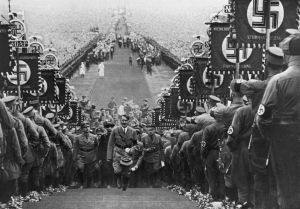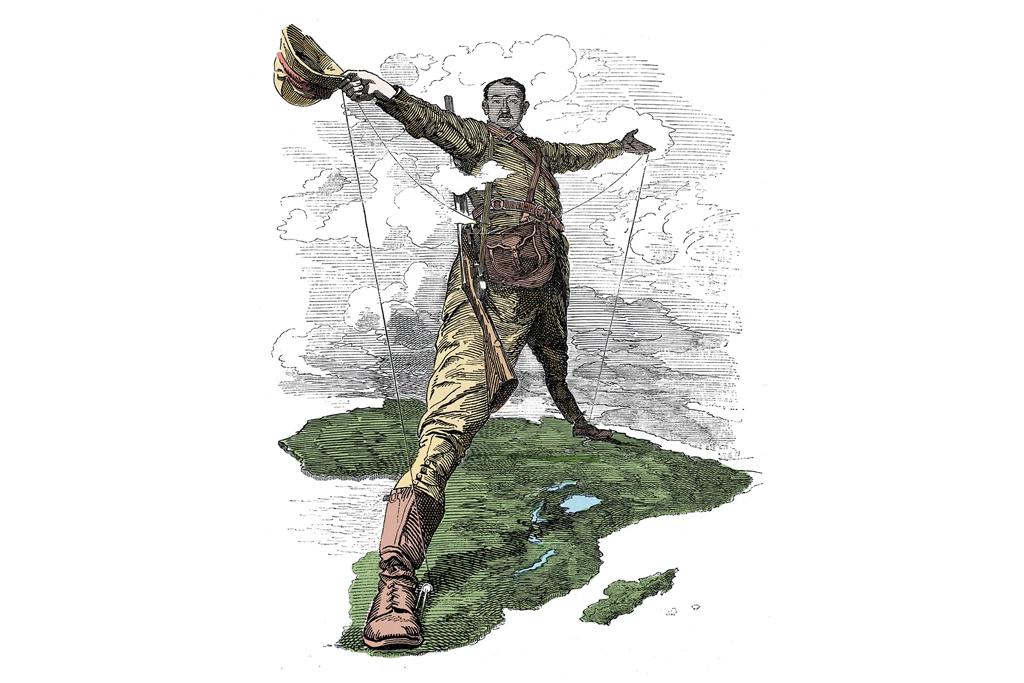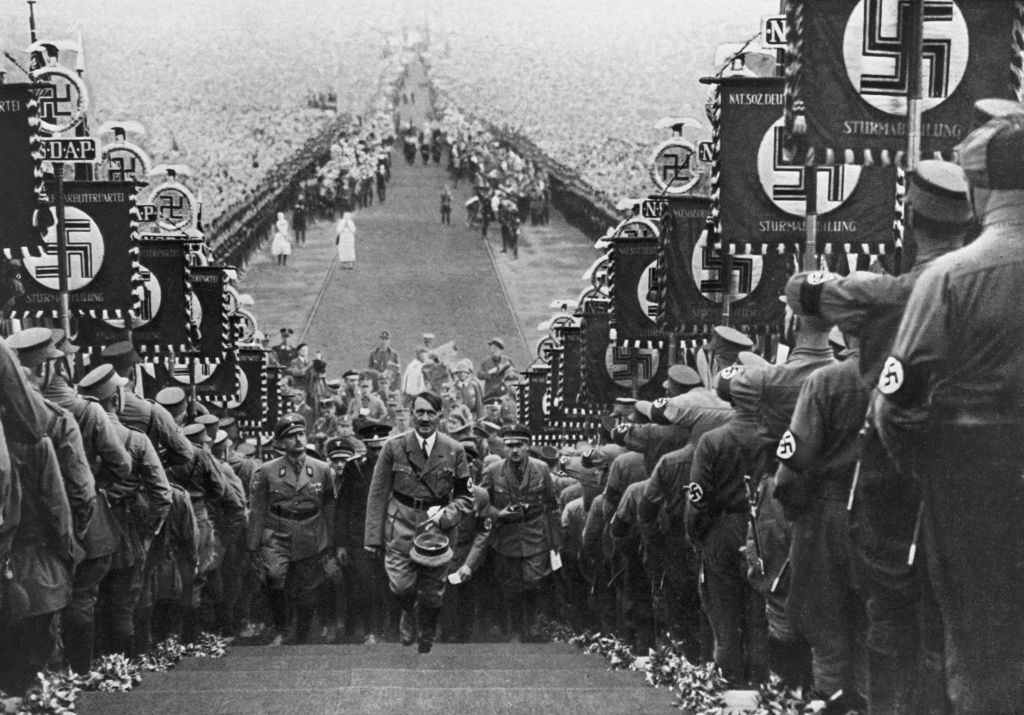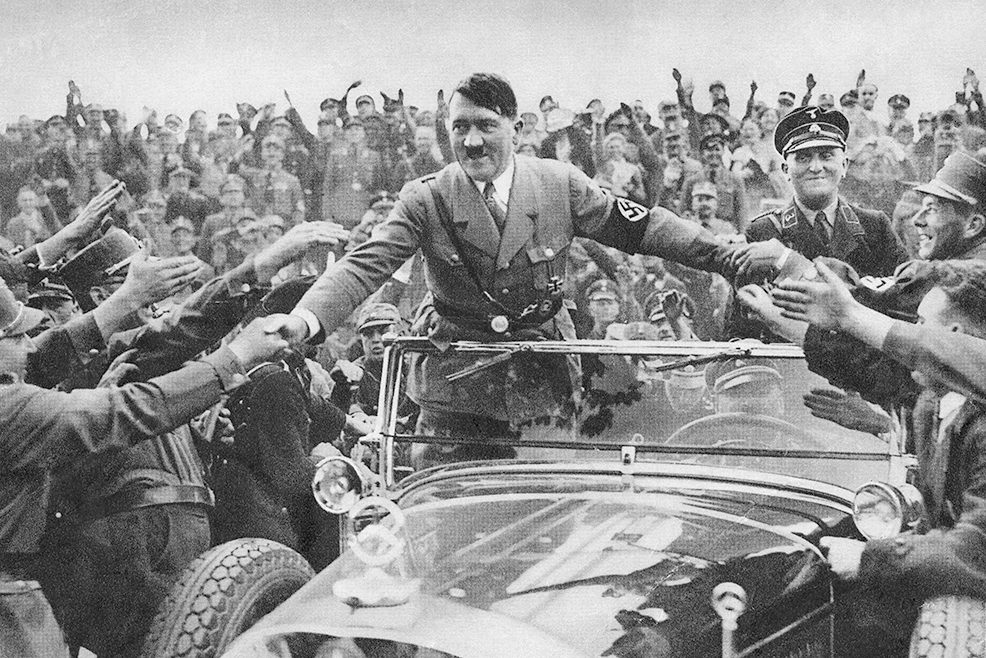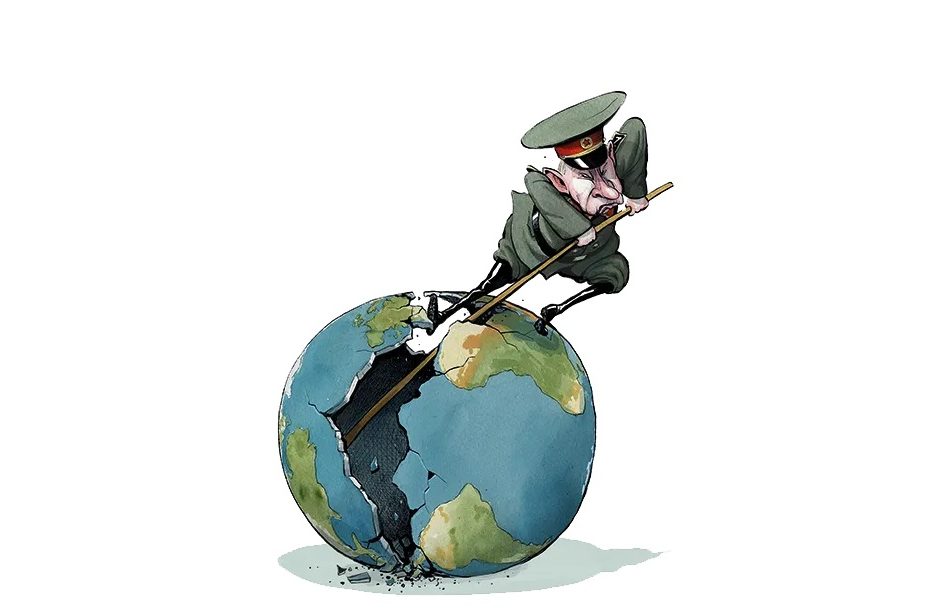Even before the 872-day long siege ended, both survivors and onlookers had already begun to refer to Leningrad — formerly and currently known as St. Petersburg — as a city of heroes. Tales of bravery and self-sacrifice were enshrined in memorials, histories and memoirs, which between 1945 and 1991 were published in the Soviet Union at an average rate of one per day. But heroism is, of course, only a partial description of life within the starving city where theft, murder, betrayal and a million smaller acts of self-interest were just as prevalent as acts of valor. The idea that Leningrad was a city of heroes was in part a ploy to enable the living to carry on alongside their survivors’ guilt, sometimes inside apartments they had taken from the newly dead.
Yet, as Prit Buttar, a former British army doctor, draws out in a dense, ambitious and military-focused book, Leningrad endured, despite its institutional abandonment by Moscow, a dispirited and often outclassed Red Army and the near total breakdown of supply chains. The city prevailed, despite Hitler’s desperation to surround this major center of intellectual and artistic endeavor, and, as he once put it to Joseph Goebbels, his minister of propaganda, “starve it into submission.”
The first winter of the siege, which has been covered by Buttar in an earlier companion work, was its most dramatic and tragic. German shells, food shortages and freezing temperatures — as if the weather had joined the Nazis in their assault on the city — precipitated mass death. Many of those who survived did so by engaging in previously unthinkable acts, such as eating their pets or, in rare cases, their neighbors. There was heroism, or perhaps just shivering stoicism, but also depravity and venality, while on the borders of the city Red Army defenders fled or died in inconceivable numbers.
Hero City focuses on the latter stages of the siege, when, under new leadership, Leningrad’s defenders rallied and reorganized. After Leonid Govorov was promoted to the role of colonel general in early 1943, his priority, Buttar writes, was “not so much to prevent the fall of Leningrad but to break the siege ring.” Once the Russians had prised a gap open, food, fuel and munitions could flow into the city, establishing footholds on which new victories could then be built. In intricate detail Buttar explains the machinations behind the unexpected achievements that followed, particularly the gains in the first two months of 1944, even as the bodies of young men continued to accumulate at a foreboding rate.
Taken in concert, Buttar’s two books provide one of the most comprehensive English-language accounts of the siege. This is history-writing at its most traditionally ambitious, eschewing the characterization and intimate scene-setting detail that might help a less determined reader through the forbidding vastness of the subject, in favor of providing a meticulous survey that includes every available date and namecheck. Narrative compulsion is traded for detail and military analysis, and Buttar establishes a convincing case that the people of Leningrad prevailed despite the uselessness (usually fear-induced) of many Soviet officials, not because of them:
At every level, the Soviet state stifled any sense of showing initiative in all aspects of society. The higher the position… the greater the personal risk of acting in an individualistic manner that might attract criticism and potential punishment.
For all its girth, the book focuses on the soldiers, leaving little space for the city’s women, who mainly ran Leningrad after their fathers and husbands left for the front and, most often, never returned. In recent years there have been corrective efforts to acknowledge women’s dominant role in the siege, and Buttar acknowledges the criticism St. Petersburg’s post-war memorials have received for “showing so few female figures, and even then mainly in supporting roles such as medics.” But there are vanishingly few women featured in his own book, aside from the Red Army’s female snipers, who remain as famous now as they were then.
Fair enough, perhaps: this is a military history of the siege, not a social or cultural one. But there are numerous definitions of heroism, many of which sit apart from the battlefield and operation rooms. This is a magisterial history, indeed, but one that is, at times, as cold as its subjects’ winters, and with a clear bias of focus.
At the city’s memorial to those who died in the siege, situated at the Piskaryovskoye Cemetery, where hundreds of thousands are buried, these words of the siege poet Olga Bergholz are etched in granite: “Know this, you who regard these stones: No one is forgotten, and nothing is forgotten.” It is an admirable claim, but one that is obviously untrue. All memory is selective, and so too are the histories. There can be no definitive account, despite the claims of the publishing industry’s marketeers. Undeniably, however, this book offers an impressive patch in the tapestry of written history that points toward the truth.
This article was originally published in The Spectator’s UK magazine. Subscribe to the World edition here.



